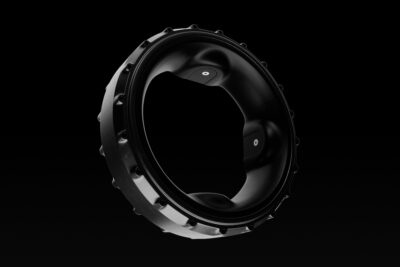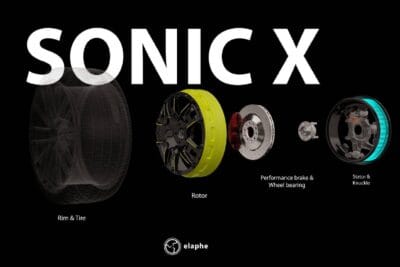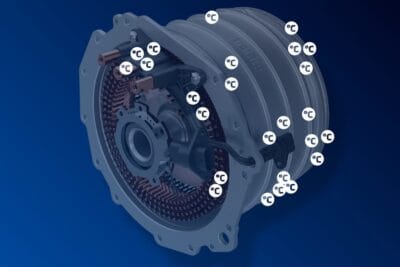Nidec & Renesas Electronics to develop electric axles
The Japanese companies Nidec and Renesas Electronics will jointly develop next-generation electric axles. The duo plans to combine electric motors and components from Nidec with semiconductor technology from Renesas.
The collaboration between the two companies should produce an “X-in-1” system that includes the electric motor and power electronics – and that offers “the industry’s highest performance and efficiency, while maintaining small size, low weight and low cost”, according to Nidec. By the end of 2023, the first proof of concept for a 6-in-1 system combining the e-motor, inverter and transmission with a DC-DC converter, on-board charger (OBC) and power distribution unit (PDU) will be completed.
In the second phase of their collaboration, Nidec and Renesas also want to integrate a battery management system in 2024. The companies plan to initially rely on silicon carbide semiconductors and later switch to gallium nitride to further reduce size and cost. Gallium nitride, analogous to silicon carbide, is said to convert energy more efficiently than conventional silicon-based chips.
Nidec points out that the 3-in-1 unit e-axle that integrates a motor, an inverter and a gearbox is seeing increased use in electric vehicles. To achieve a significant increase in power and efficiency as well as the reduction in size, weight and cost, and at the same time accelerate vehicle development, the Japanese companies believe it is necessary to integrate power electronic controls such as DC/DC converters and on-board chargers into the unit. Because this increases complexity, Nidec says that maintaining a high level of quality in the vehicles becomes a challenge. The two companies want to counter this by developing “preventive safety technologies such as diagnostic functions and fault prediction”.
After the proof of concept, Nidec plans to market this new generation of e-axle systems quickly. For its part, Renesas plans to develop and deliver turnkey solutions for increasingly complex X-in-1 systems by extending the jointly developed proof of concept for E-Axle reference designs.
“We take on a significant challenge of developing a world-class next-generation X-in-1 system, which goes back to our core principle of pioneering the world’s best innovations,” said Mitsuya Kishida, Executive Vice President and Executive General manager of Automotive Motor & Electronic Control Business Unit at Nidec. “BBy harnessing our strengths in automotive technology and developing PoCs together with Renesas who is a leader in automotive semiconductor solutions, we aim to lead the market as a world-leading E-Axle provider.”
In October 2022, Nidec started mass production of its second-generation E-axis system. Called Gen.2, the drive solution has since been produced in Guangzhou, China. Nidec cites a 19 % reduction in weight and a 20 % increase in torque and power density as the most important features of the new 100 kW electric axle (compared to its 100 kW predecessor). This is said to have been made possible using smaller magnetic circuits and inverters. The new magnets use less critical rare earth metals, while cooling has been changed to an innovative oil cooling system, and engine noise has been reduced by 6 to 8 decibels.
The E-Axle Gen.2 (100 kW) has a rated power of the 57-kilogram component is 38 kW, while the peak power is the namesake 100 kW. The manufacturer puts the peak torque of the output shaft at 2,400 Nm, the maximum speed at 1,250 revolutions per minute. The operating voltage ranges from 300 to 460 volts. The external dimensions are given as 432.8 x 408.3 x 351.3 millimetres.
Nidec says it has produced over half a million units since launching its E-axis mass production in April 2019. The basic model of Nidec’s e-drive kit, the 150 kW Ni150Ex, was launched in 2018 with Chinese manufacturer GAC as the launch customer. In spring 2019, the Japanese company announced variants with 100 and 70 kW output before power levels with 50 and 200 kW were unveiled in February 2020. With 50 to 200 kW engine power (or more if there are two engines in the vehicle), Nidec can cover the A to E vehicle segments, i.e. from small cars to the luxury class.
According to its targets, the Nidec group aims to achieve a 40 to 45 per cent market share in EV traction motors by 2030. So far, the company has confirmed agreements with Geely brands Zeekr and Geometry, GAC and Foxconn, among others. In Europe, Nidec manufactures electric motors in a joint venture with PSA, among others.
report by Cora Werwitzke





0 Comments